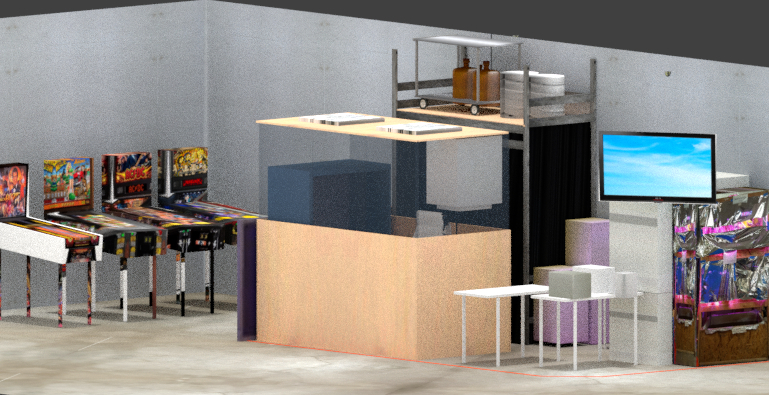

To provide all these benefits mentioned above, the digital twin needs to fulfill certain functionalities and underlying software architecture.
Education: The ideal replication of the real machines and processes in the virtual world combined with a 3D visualization created directly out of the construction plans makes it easier and faster for new operators or service staff to learn everything about it – from simple maintenance tasks to complex process control. Integrating third-party equipment, of course is possible, too. All those data, plans, layouts, and information can easily be broad together in a digital twin for SMS equipment. Domain know-how: Being a system supplier for the metals industry, SMS group can provide mechanics, electrics and automation, serviced, and digitalization from one hand. Prediction: With machine learning and artificial intelligence, critical aspects of processes, plant condition, availability, and product quality can be predicted and adjusted to current circumstances. Changing parameters, machines, and locations lead to an optimized plant design with optimum production conditions. Optimization: By providing the design and behavior of a whole plant with all its processes, material flows, and working routines, it is possible to recognize bottlenecks in material or crane logistics utilizing production simulation. Process optimization and finetuning can be carried out while avoiding risks and production losses. Simulation: Testing new products or production routines on the digital twin is less expensive and faster than running real campaigns in test mode. It is even possible to display realtime process data in a 3D replication of the real object where they appear. Monitoring: All relevant plant, machine, or product-related information is gathered and visualized in a lean and easily understandable way. The main advantages that the SMS group and SMS digital offer with the digital twin are: As the digital twin concept leads to a holistic view of products, machines, processes, and the entire supply chain in realtime, the communication between suppliers, producers, and customers becomes faster and more comfortable. Robust prognoses regarding the properties, the quality, and the behavior of products and machines can be identified, and replacement planning and investigations of upcycling potentials. Moreover, a digital twin offers the possibility of monitoring and reducing risks, which may lead, for example, to a rise in the overall availability of a machine or a process line. Since all functionalities can be simulated, commissioning is more comfortable, and processes are error-free. Simulating functionalities and behavior concerning every relevant aspect lowers the degree of uncertainty. This results in time, resources, and cost savings in the development of new products. 
Already applied in the design phase, the digital twin can handle complex product requirements or fast cycles of development and test different designs with specific simulations to make physical prototyping more and more redundant. Algorithms and applications, in general, may help to enrich this data with information.ĭigital twins are part of the supply chain throughout the entire lifecycle of products, machines, processes, or services and offer different values and advantages at each stage.

The characteristics of this information are also various and cover all kinds of data sources, e.g., process data, master data, metadata, or ERP data. Nevertheless, it is mandatory that the concept needs at least three elements: an object in the real world, its digital representation, and their connecting information, which is continuously updated in realtime. With a highly used case-driven design, the digital twin foremost delivers all required data, functionalities, and information to accomplish the given task and fulfill its use case-related purposes. As the concept of digital twins is universal, it can thus be applied to almost everything: to machines, tools, processes, human capital, production, and quality KPI, and so on. But it is more than a real-world-replica. The digital twin is a virtual representation of a material or immaterial object of the real world that not necessarily exists, e.g., in the design phase of a machine. As its optimum, any information that could be obtained inspecting a physical manufactured product can be obtained from its Digital Twin.” “The Digital Twin is a set of virtual information constructs that fully describes the potential or actual physical product from micro atomic level to macro geometrical level. In 2016 this definition was updated to the following formulation: The term \"digital twin\" refers to the definition by Grieves and Vickers in the year 2002.







 0 kommentar(er)
0 kommentar(er)
